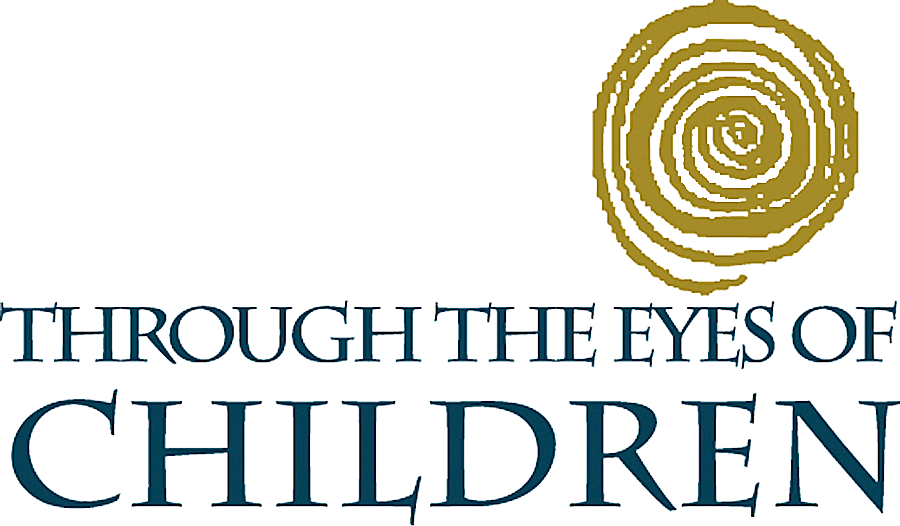1897
History of Rwanda
Rwanda is a country roughly the size of Massachusetts located in the center of Africa. It borders The Congo (formerly Zaire), Uganda, Burundi, and Tanzania. It's population of approx 12.47 million people make it the most over-populated country, per square meter, in Africa. The ethnic mix of the population is approximately 14% Tutsi, 85% Hutu, and 1% Twa (Pigmy). 60% of the population is under 20 years old. Of these, an estimated 400,000 are orphans, 20% of which, head their household.
Time-Line of events related to the 1994 Genocide and the founding of the Imbabazi Orphanage:
After the Germans, the Belgians begin 65 years of colonial rule of Rwanda. The Belgians place the Tutsi in positions of power to govern the Hutu.
1930
Belgians require Rwandans to carry identity cards so that the minority Tutsi population can be more easily differentiated from the majority Hutu population.
1949
Rosamond Carr, a 37-year-old American woman follows her husband to Africa in search of a life of adventure.
The United Nations successfully places pressure on Belgium to change its policies and give the Hutu majority greater access to education and leadership opportunities. In 1955, Rosamond Carr, divorced from her husband, buys and operates a flower plantation in Rwanda. The farm is called Mugongo.
1950's
Tensions rise between the Tutsi and Hutu leading to the end of Belgian rule. The majority Hutu takes control of Rwanda and proclaims an independent republic. The Tutsi ruler flees Rwanda along with thousands of Tutsi supporters.
1959-1962
Tutsi refugees try to return to Rwanda by force, but with each attempt there is retaliation by Hutus against Tutsis within Rwanda.
1962- 1966
Dian Fossey, a close friend of Rosamond Carr's for 18 years, and the woman who brought worldwide recognition to the plight of the mountain gorilla, is murdered by gorilla poachers in December.
1985
The RPF (Rwandan Patriotic Front), the descendants of the original Tutsi exiles in neighboring Uganda, invade Rwanda. They have helped president Yoweri Musevni take control of Uganda. Musevni gives the RPF support and arms to return to Rwanda by force. Reprisals against local Tutsi in Rwanda are ordered by the Hutu government.
1990
The invading RPF and Hutu government sign the Arusha Accords, ending the war and allowing the RPF to integrate its army with the Rwandan army, establishing a provisional government until elections are held. A UN peacekeeping force enters, but the transitional RPF government is never established and elections are never held.
1993
An airplane carrying Rwanda's president is shot down. Hutu extremists blame the RPF for the assassination and launch a genocide inciting all Hutu militia and civilians to kill all Tutsi civilians and sympathizers. The RPF, however, claims that Hutu extremists have assassinated their own president in order to incite fear and launch the genocide. The assassination is never solved.
April 6, 1994
With the outbreak of mass violence, the UN peacekeeping force pleads for assistance. The UN and US delay. The Tutsi RPF finally takes control of the capital, Kigali, after close to a million Tutsi civilians and sympathizers are killed, ending the largest mass killing since the US dropped atomic bombs on Japan. For the first time in her life, Rosamond Carr is evacuated off of her farm in Rwanda to the US.
The 1994 Genocide: 100 days
Over 500,000 Hutus flee in fear to Goma, Zaire through the Rwandan town of Gisenyi, causing a refugee crisis that will result in close to 100,000 more deaths from disease. Rosamond Carr's farm is over-run.
July, 1994
Rosamond Carr receives word that Sembagare, her friend and farm manager of 50 years, is alive. He has survived 3 attempts on his life. Rosamond returns to Rwanda in a cargo plane, at age 82, finding her farm, Mugongo, in ruins with all her possessions destroyed. Rosamond and Sembagare open the Imbabazi Orphanage at Mugongo to care for the lost and orphaned children of Rwanda. Currently there are more than 120 orphans under her care. The RPF has established a new government and a tribunal is established to try those accused of crimes of genocide.
August, 1994
Hutu exiles invade the northwestern part of Rwanda making Mugongo too dangerous to house the orphanage. Imbabazi moves to Gisenyi.
1997
Through the Eyes of Children - the Rwanda Project begins as a photo workshop at Imbabazi.
October 2000
The US Embassy sponsors an exhibit of the childrens photographs in the capital, Kigali.
October 2001
Rosamond Carr celebrates her 90th birthday
August 2002
The 10th Anniversary of the Rwandan Genocide is commemorated worldwide. The photo exhibit from Through the Eyes of Children: The Rwanda Project is featured at the United Nations in New York City
April 2004
The Imbabazi Orphanage moves to its new permanent building in Mutura, on Roz’s farm, Mugongo.
November 2005
Last photo workshop; Camera kids graduate and start "pay-it-forward" photo workshops in their own communities
January 2011
Camera Kids documentary filming begins of TTEC Camera Kids teaching photography to other vulnerable youth throughout the world
2017
Pay-it-forward photo workshops come to the United States, Haiti and Lebanon; filming for Camera Kids documentary continues; Kickstarter campaign launched to help fund photo workshops and documentary
